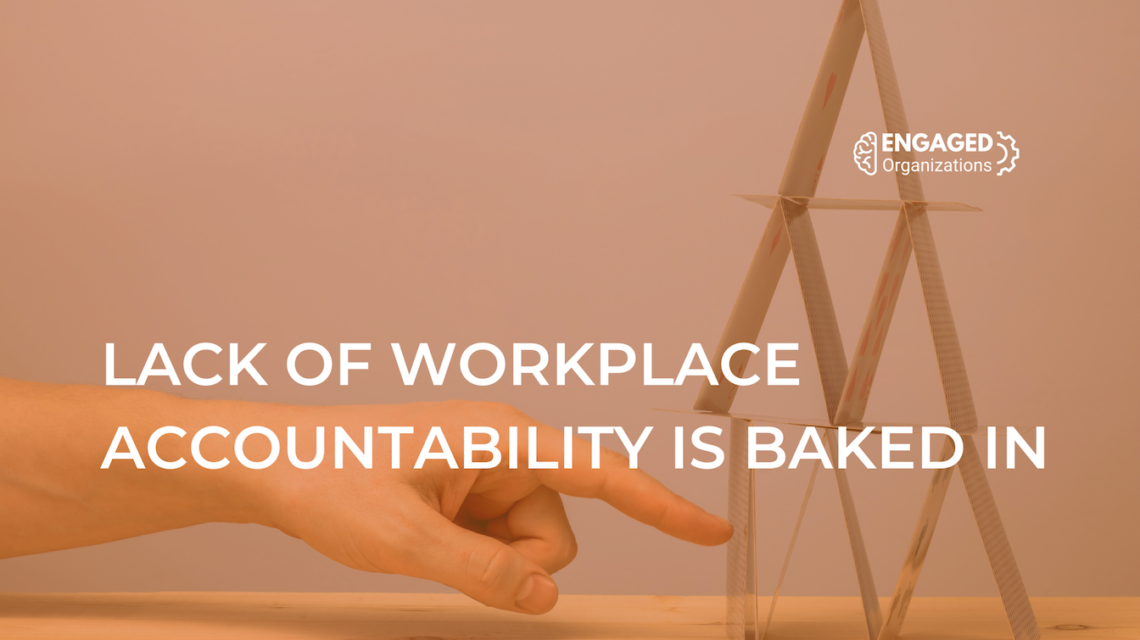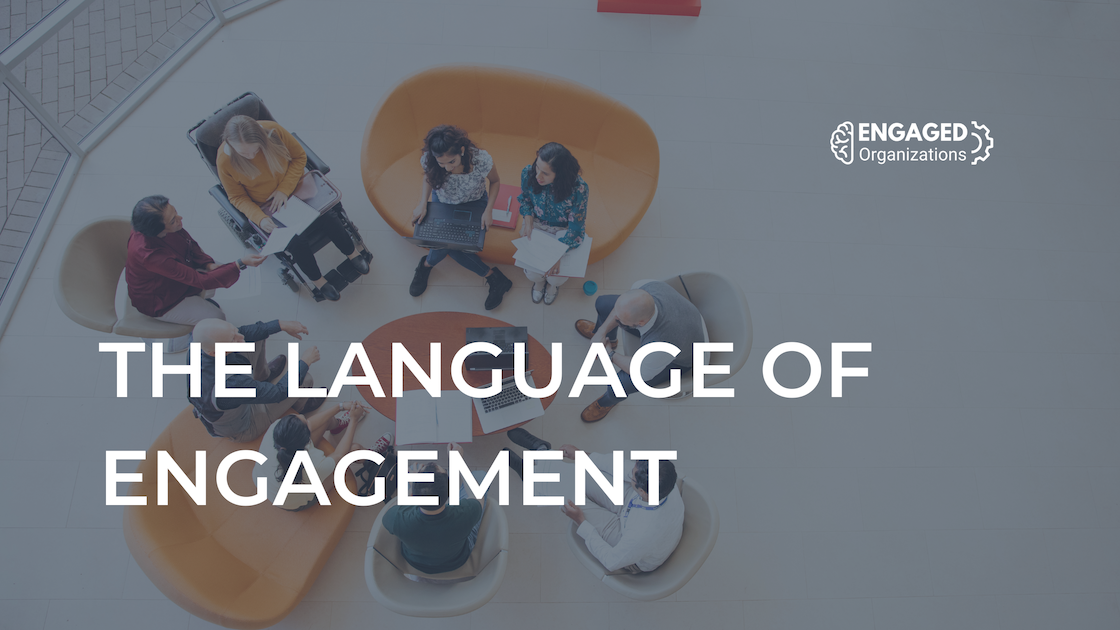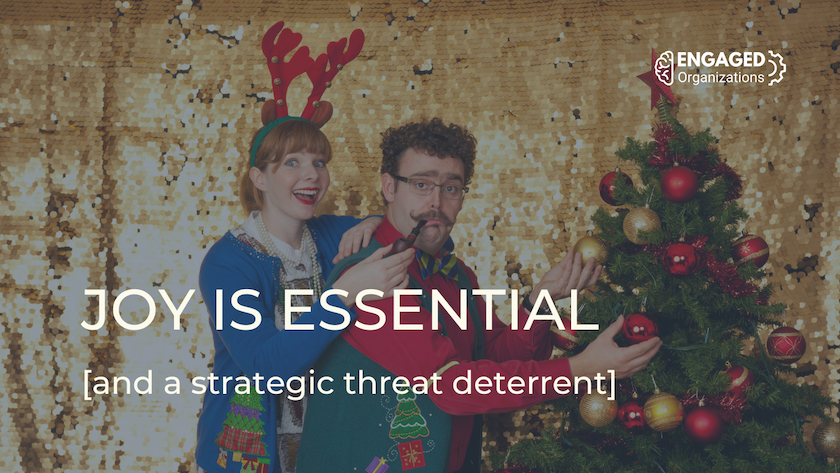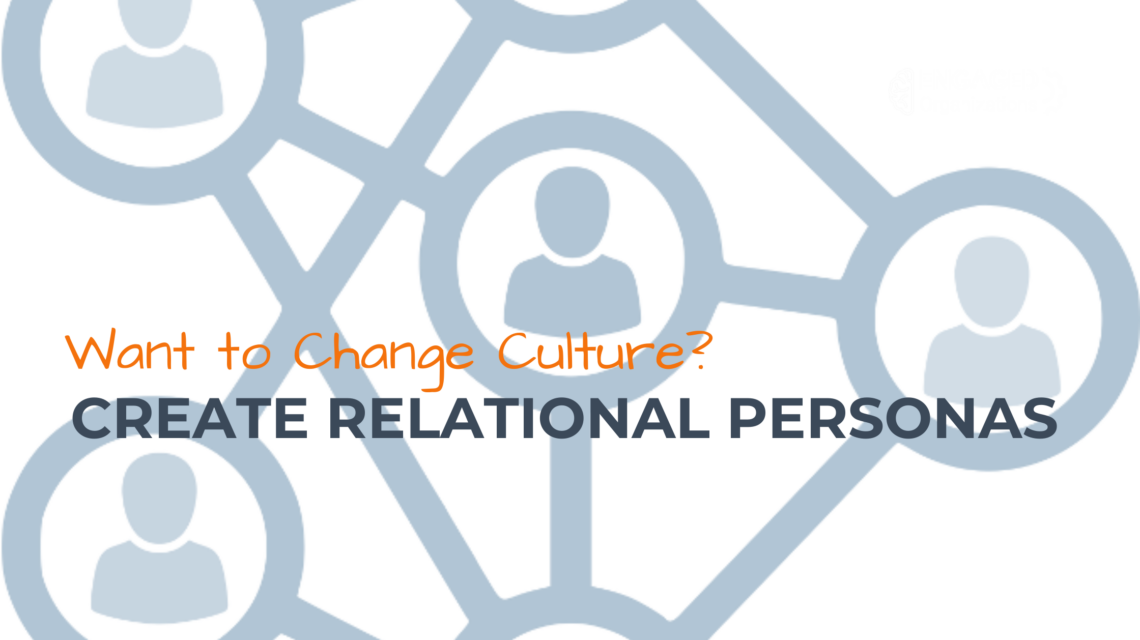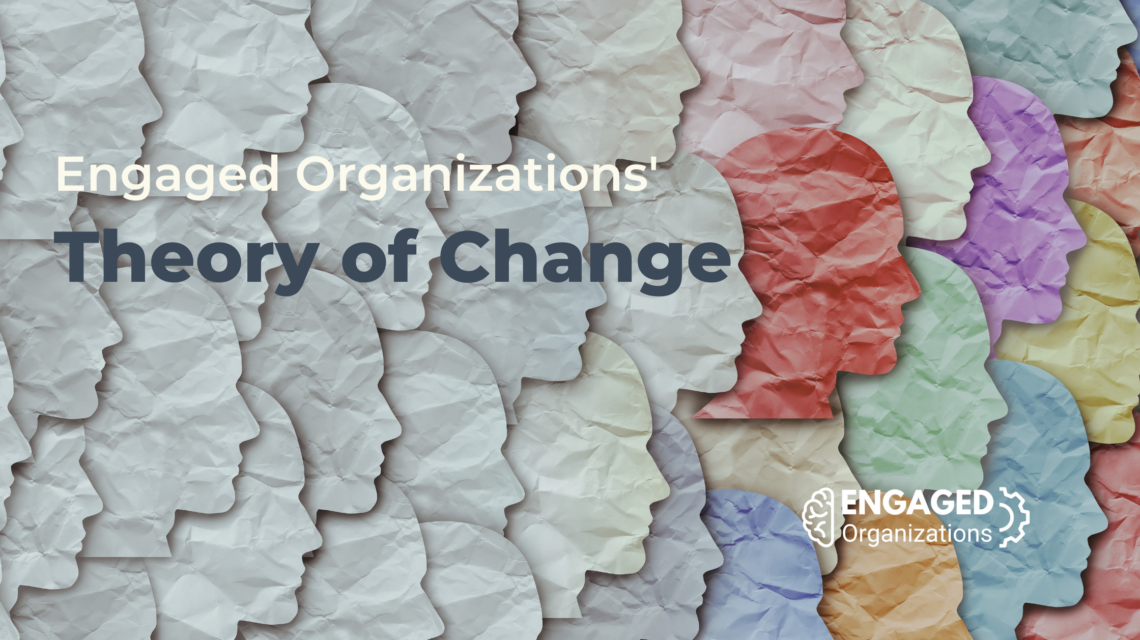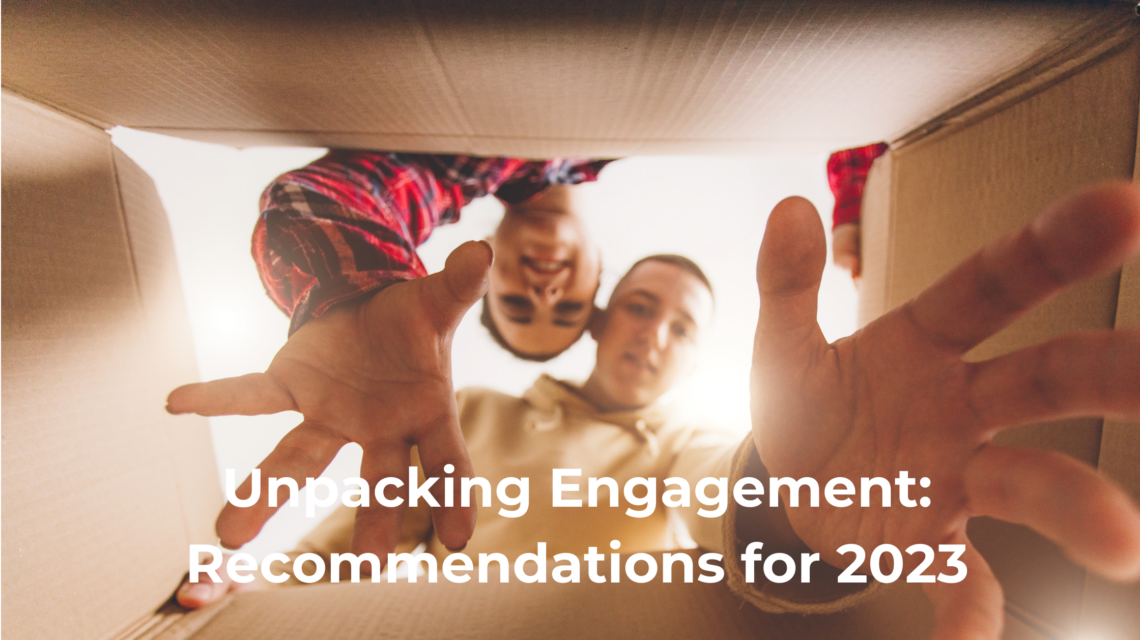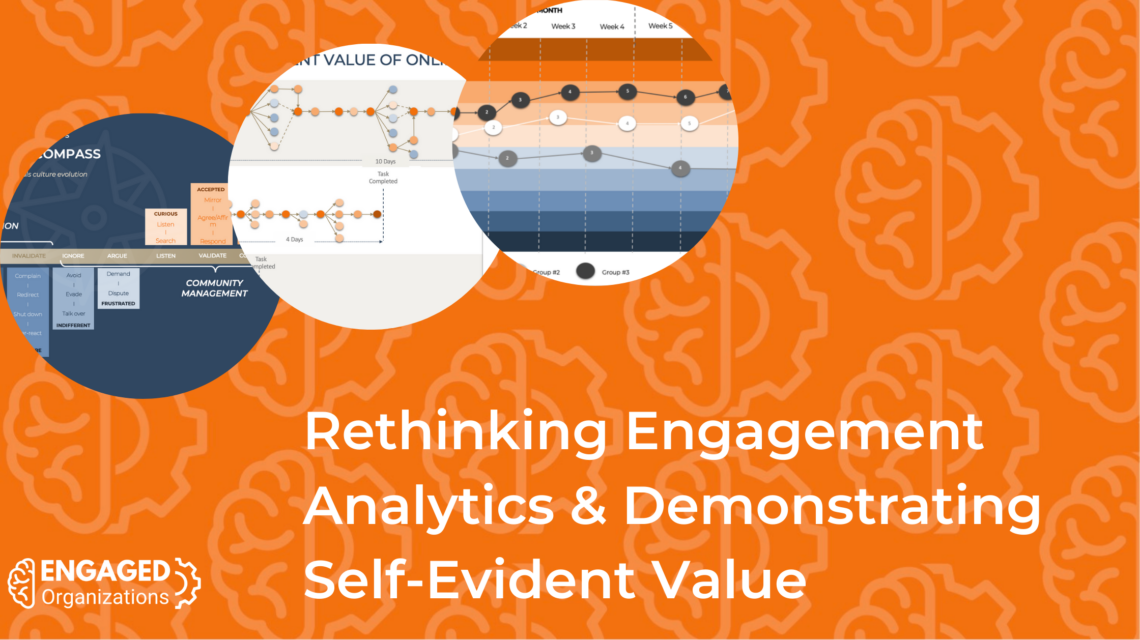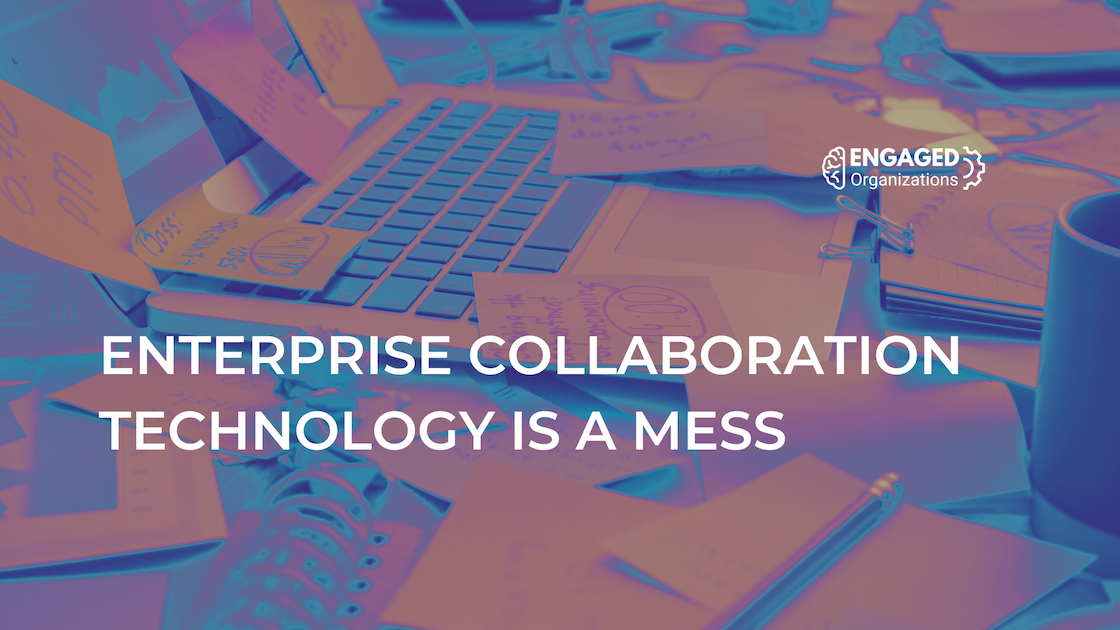
The enterprise collaboration technology market has changed significantly since I was IDC’s first social software market analyst in 2007. On the external/customer side, large social networks gobbled up the market, which reverted to a renewed emphasis on advertising vs engagement as social network operators squeezed out more revenue and profits. On the internal side, Microsoft
read more

